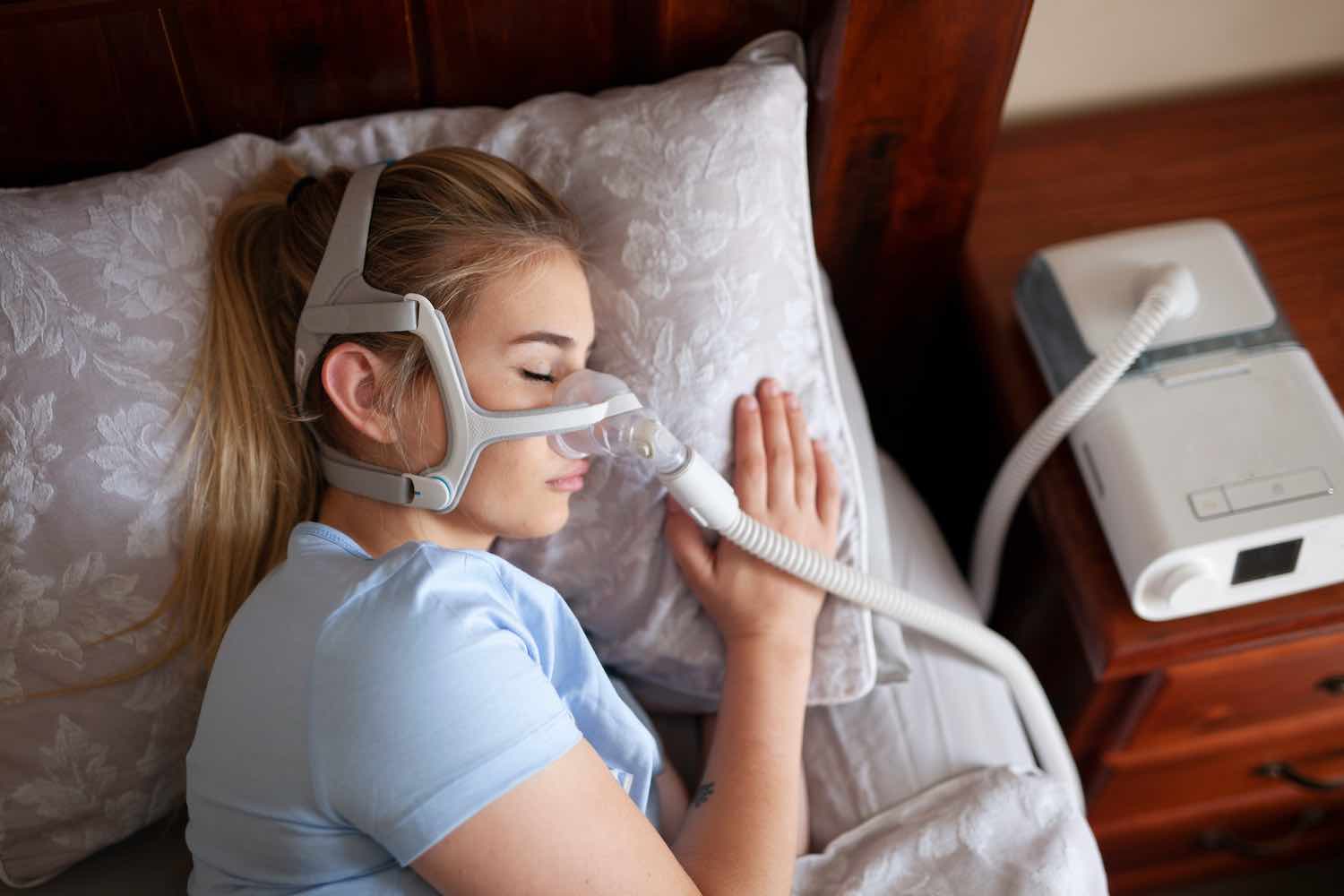Bipap vs. CPAP: Which Is the Best for Your Sleep Condition?
When browsing the intricacies of rest disorders, the choice between BiPAP and CPAP therapy is a critical factor to consider. While CPAP offers a consistent air flow suitable for obstructive rest apnea, BiPAP's twin pressure setups might boost convenience for those with even more detailed respiratory problems.
Comprehending Sleep Disorders
Sleep problems include an array of conditions that interfere with normal rest patterns, affecting both the quality and duration of remainder. These disorders can materialize in numerous types, consisting of sleep problems, sleep apnea, narcolepsy, uneasy leg syndrome, and parasomnias. Each condition offers unique difficulties, frequently causing significant daytime tiredness, cognitive problems, and psychological disturbances.
Sleeplessness is characterized by problem dropping or remaining asleep, while sleep apnea entails repeated disruptions in breathing throughout rest, frequently bring about fragmented rest. Narcolepsy, on the other hand, is marked by extreme daytime drowsiness and abrupt rest attacks. Uneasy leg disorder causes uncomfortable feelings in the legs, triggering an uncontrollable impulse to relocate them, which can additionally hinder the capability to go to sleep.
The influence of sleep conditions extends beyond private wellness, influencing total productivity, relationships, and lifestyle. Comprehending the specific nature of each disorder is vital for reliable diagnosis and therapy. As sleep health and wellness comes to be increasingly identified as an essential component of overall well-being, resolving these disorders is important for boosting both rest high quality and day-to-day functioning.
How CPAP Works
Continuous Positive Air Passage Pressure (CPAP) therapy is regularly employed as a primary treatment for obstructive sleep apnea (OSA) The device of CPAP involves making use of a maker that supplies a steady stream of air through a mask worn throughout sleep. This air movement keeps favorable stress in the air passage, preventing the collapse or obstruction of the throat that can happen throughout rest.
When an individual takes in, the CPAP machine provides a constant circulation of air, making sure that the air passage stays open - BiPAP Rental. This not only minimizes the symptoms of OSA, such as snoring and disrupted rest patterns, however likewise decreases the affiliated health and wellness threats, including cardio problems and daytime tiredness
The stress settings on a CPAP machine can be tailored to meet individual client requirements, usually figured out with a sleep study. In general, CPAP treatment has been shown to substantially enhance the top quality of rest and general health for individuals suffering from obstructive rest apnea.
How BiPAP Functions
BiPAP, or Bilevel Favorable Air Passage Stress, is a customized kind of non-invasive ventilation that is specifically beneficial for clients with problems such as intricate sleep apnea or respiratory disorders. Unlike CPAP, which supplies a continuous stream of air at a solitary stress, BiPAP gives 2 distinctive stress setups: a higher inspiratory pressure for inhalation and a reduced expiratory stress for exhalation. This dual-pressure strategy enables easier breathing, reducing the effort called for throughout exhalation.
The tool runs with a mask fitted over the nose or mouth, linked to a device that produces air pressure. When the person inhales, the machine supplies the higher stress to aid with air flow, making sure that the air passage remains open. Upon exhalation, the equipment instantly minimizes the pressure, making it more comfy for the client to breathe out.

Secret Distinctions In Between BiPAP and CPAP

On the other hand, BiPAP (Bilevel Positive Air passage Stress) offers 2 various pressure settings: one for breathing and a lower one home for exhalation. This double stress system permits more comfy breathing, specifically for clients that battle with exhaling against a continual pressure. BiPAP is usually recommended for individuals with intricate sleep apnea, persistent obstructive pulmonary disease (COPD), or those who need extra assistance throughout rest.
Moreover, the complexity of BiPAP devices normally causes a higher expense and needs extra mindful titration than CPAP. BiPAP Rental. Recognizing these key differences can help in acknowledging which tool might be much more appropriate for details rest problems, setting the groundwork for educated therapy decisions
Selecting the Right Treatment
The decision in between BiPAP and CPAP therapy primarily pivots on the certain qualities of the sleep condition, the client's overall wellness, and their comfort with the tool. CPAP, which supplies a constant stream of air, is frequently prescribed additional resources for obstructive rest apnea (OSA)
Alternatively, BiPAP gives 2 levels of pressure: one for inhalation and a reduced one for exhalation. This dual pressure system is advantageous for individuals with complicated sleep apnea or those that experience difficulty exhaling against a continuous pressure. Furthermore, BiPAP is often recommended for individuals with respiratory system problems, such as chronic obstructive pulmonary illness (COPD), where varying pressure settings can enhance comfort and compliance.
Inevitably, a comprehensive analysis by a sleep expert, consisting of a sleep research, can assist figure out which therapy straightens best with the individual's needs. Factors such as convenience, simplicity of usage, and specific medical problems need to also be considered to maximize therapy outcomes.
Conclusion
In summary, both BiPAP and CPAP serve unique functions in the monitoring of rest problems. CPAP works for obstructive rest apnea via regular airflow, while BiPAP offers dual pressure settings that enhance comfort for those with complex sleep apnea or respiratory problems. The option in between these therapies ought to be assisted by private requirements and problems, requiring a detailed analysis by a rest professional to ensure optimum therapy end results and boosted top quality of rest.

Overall, CPAP treatment has Check This Out actually been revealed to dramatically boost the quality of sleep and general wellness for people suffering from obstructive sleep apnea.
BiPAP is commonly recommended for patients with complex sleep apnea, chronic obstructive lung illness (COPD), or those that call for added assistance throughout rest.
CPAP is effective for obstructive sleep apnea through consistent airflow, while BiPAP provides double pressure settings that boost convenience for those with intricate rest apnea or respiratory problems.
Comments on “Top-Rated BiPAP Rental Business You Can Trust Fund”